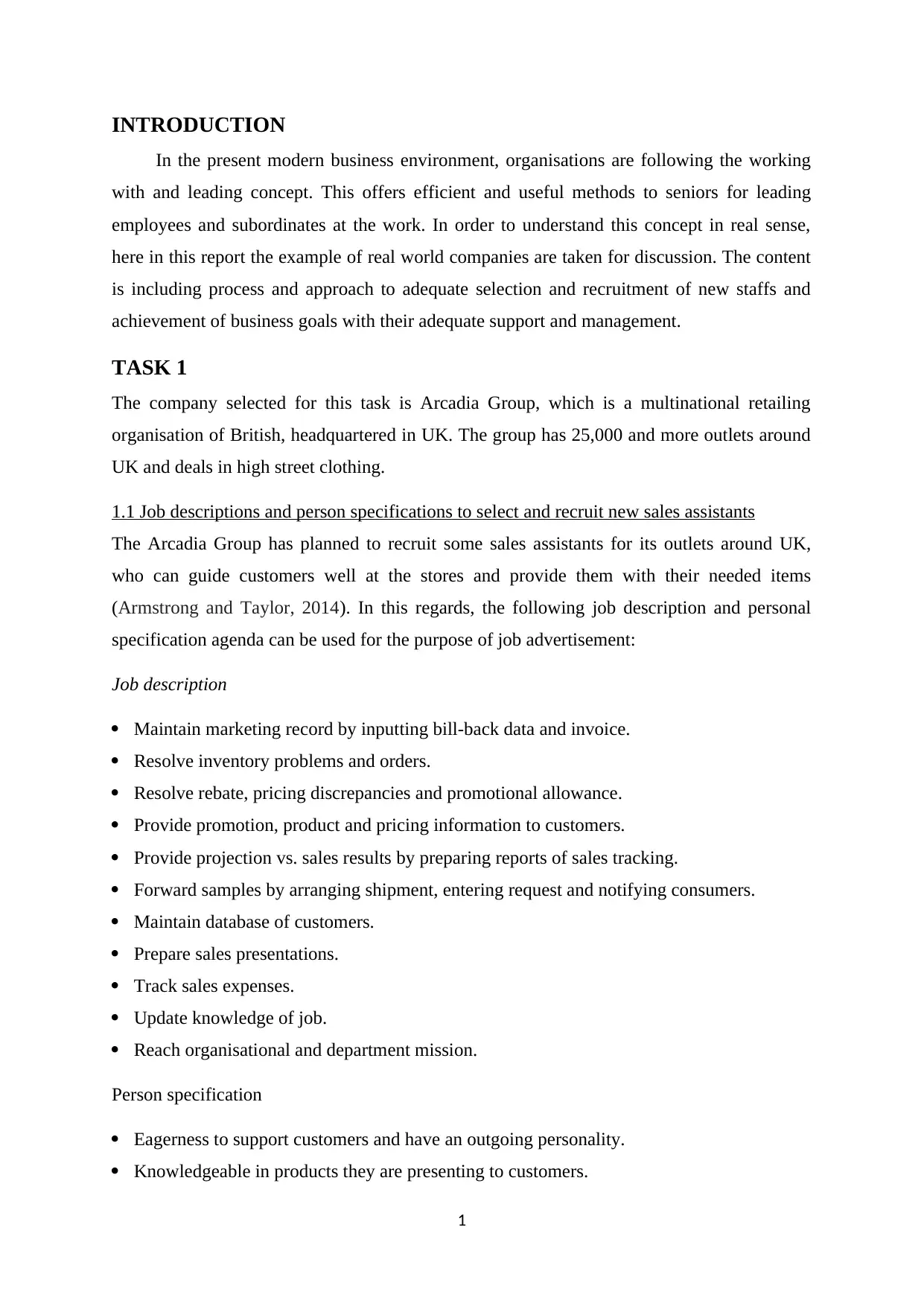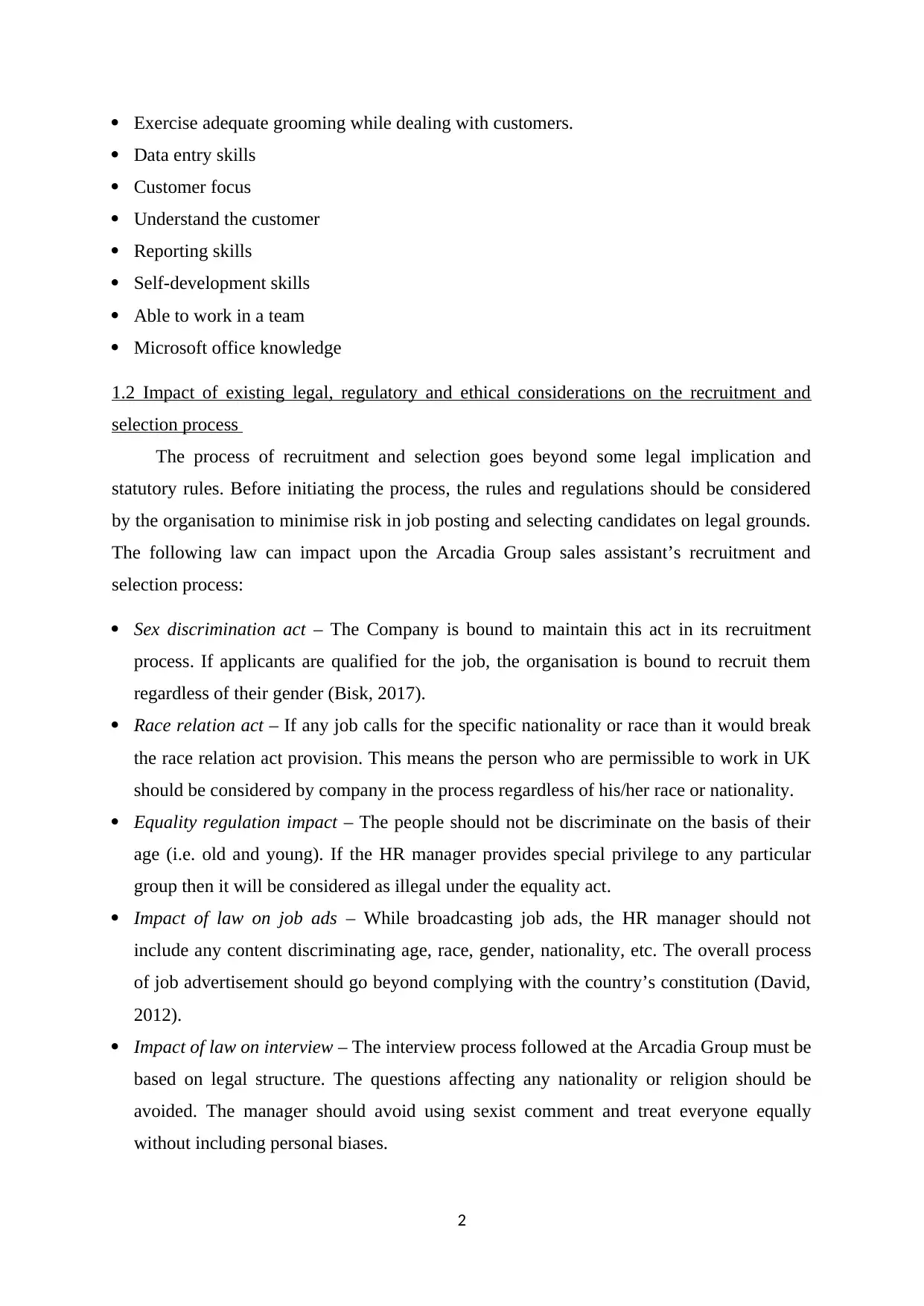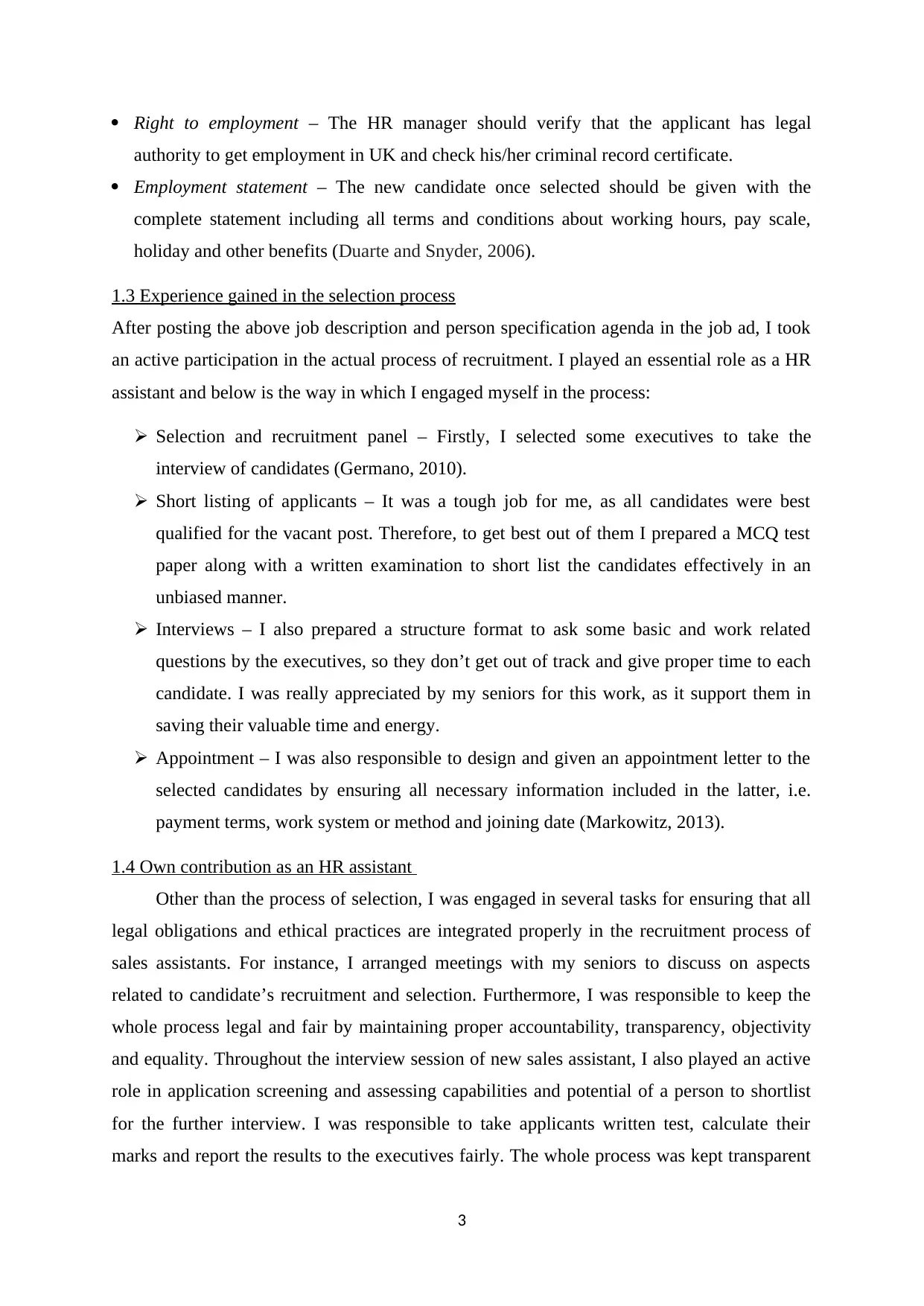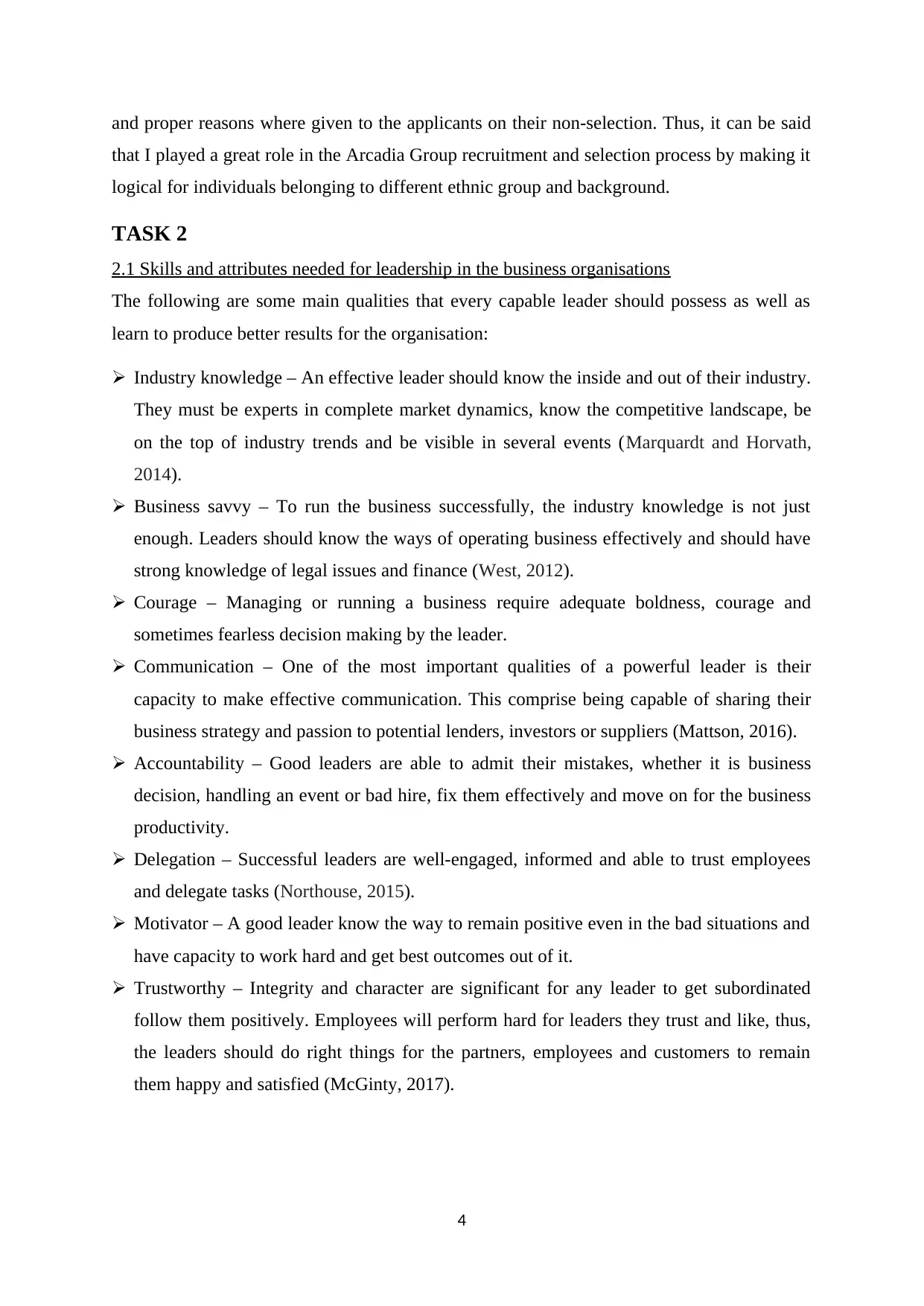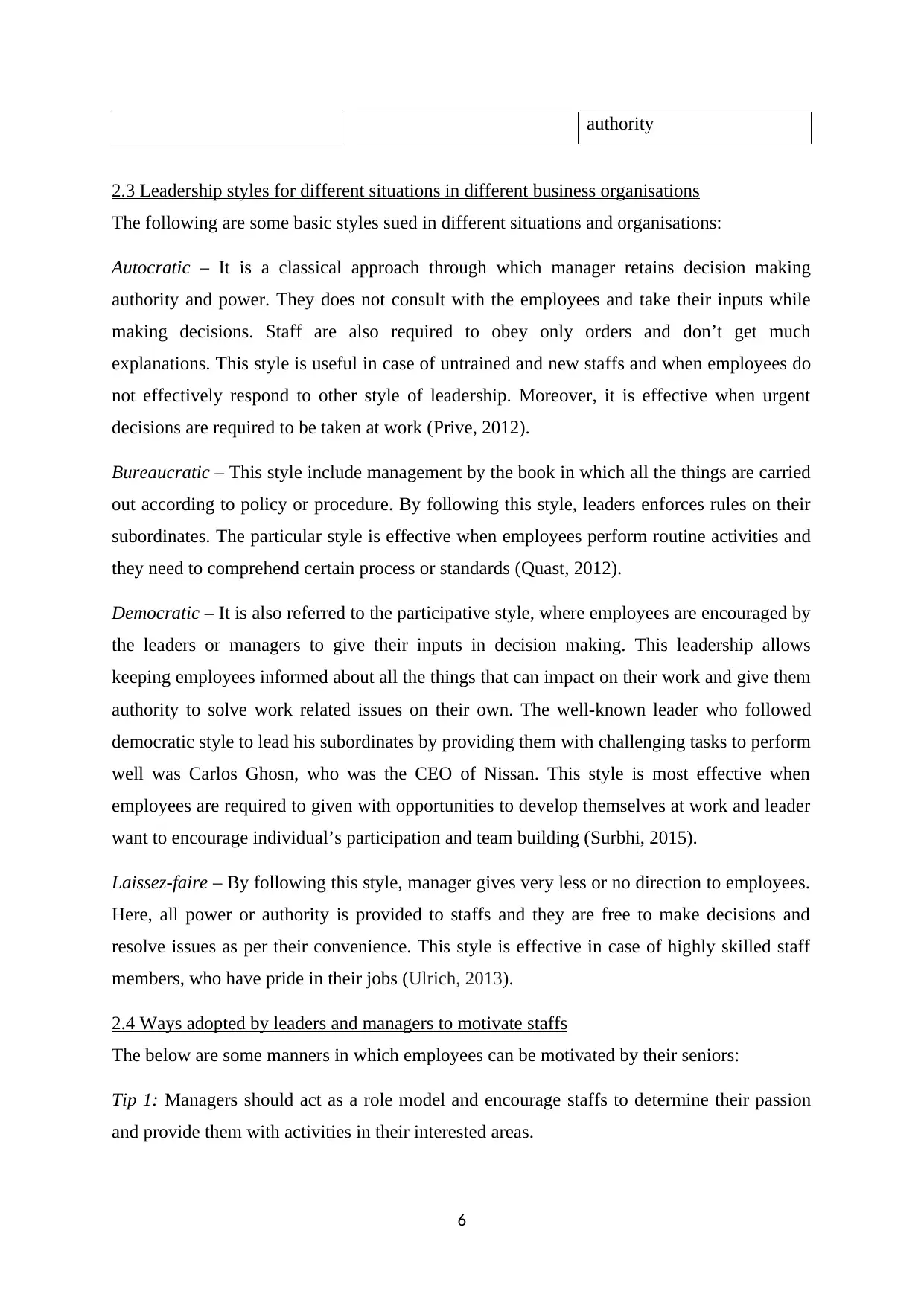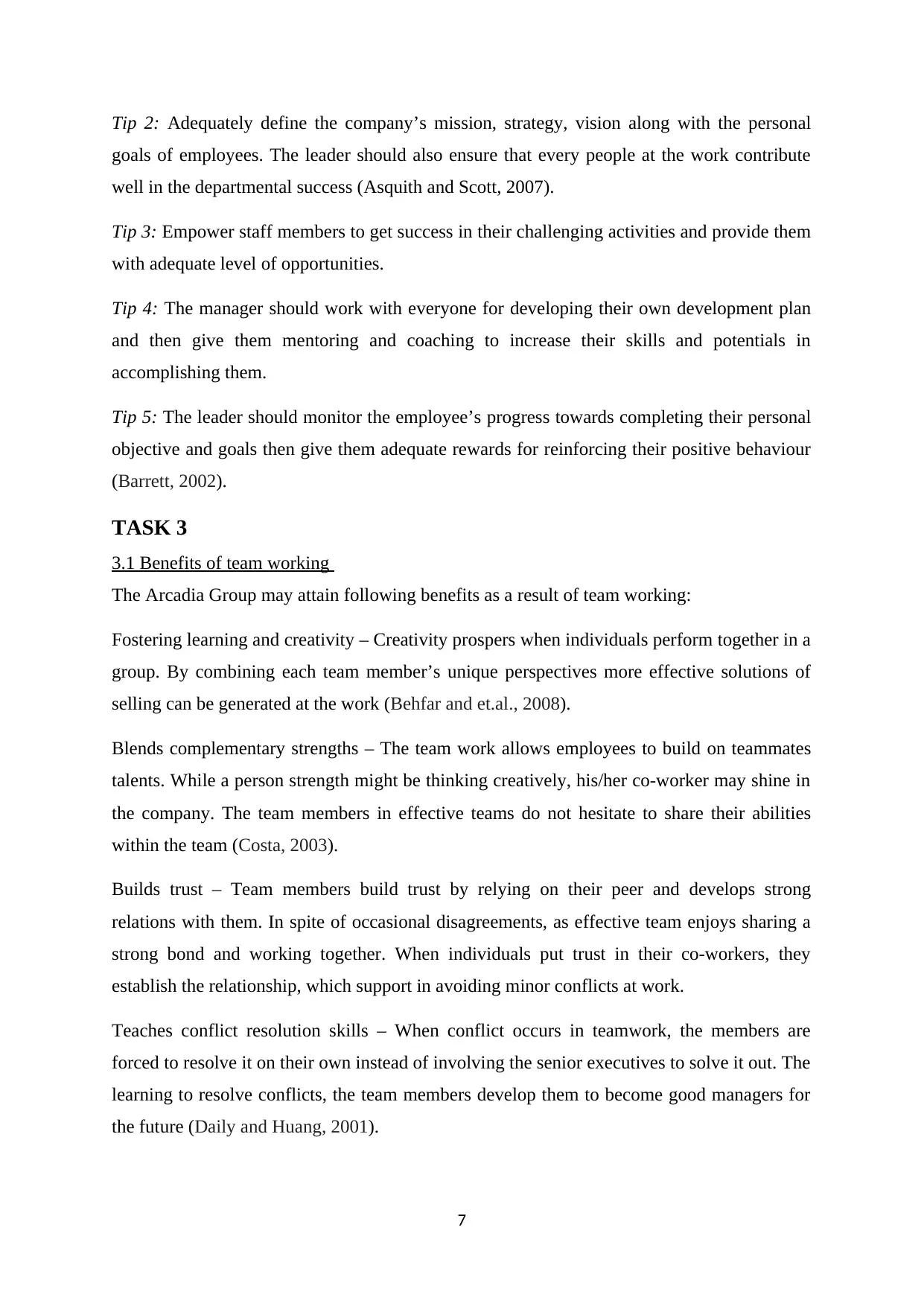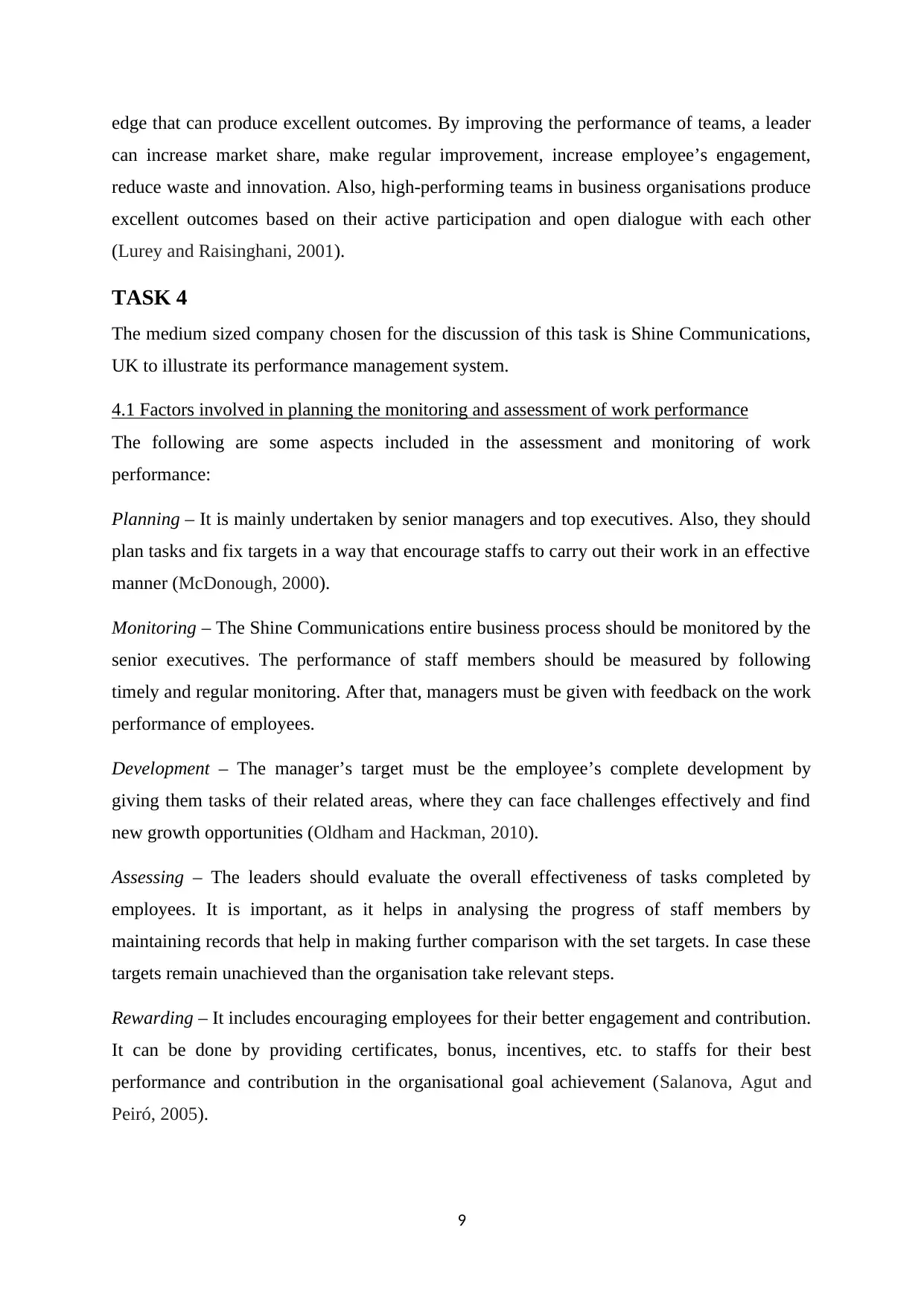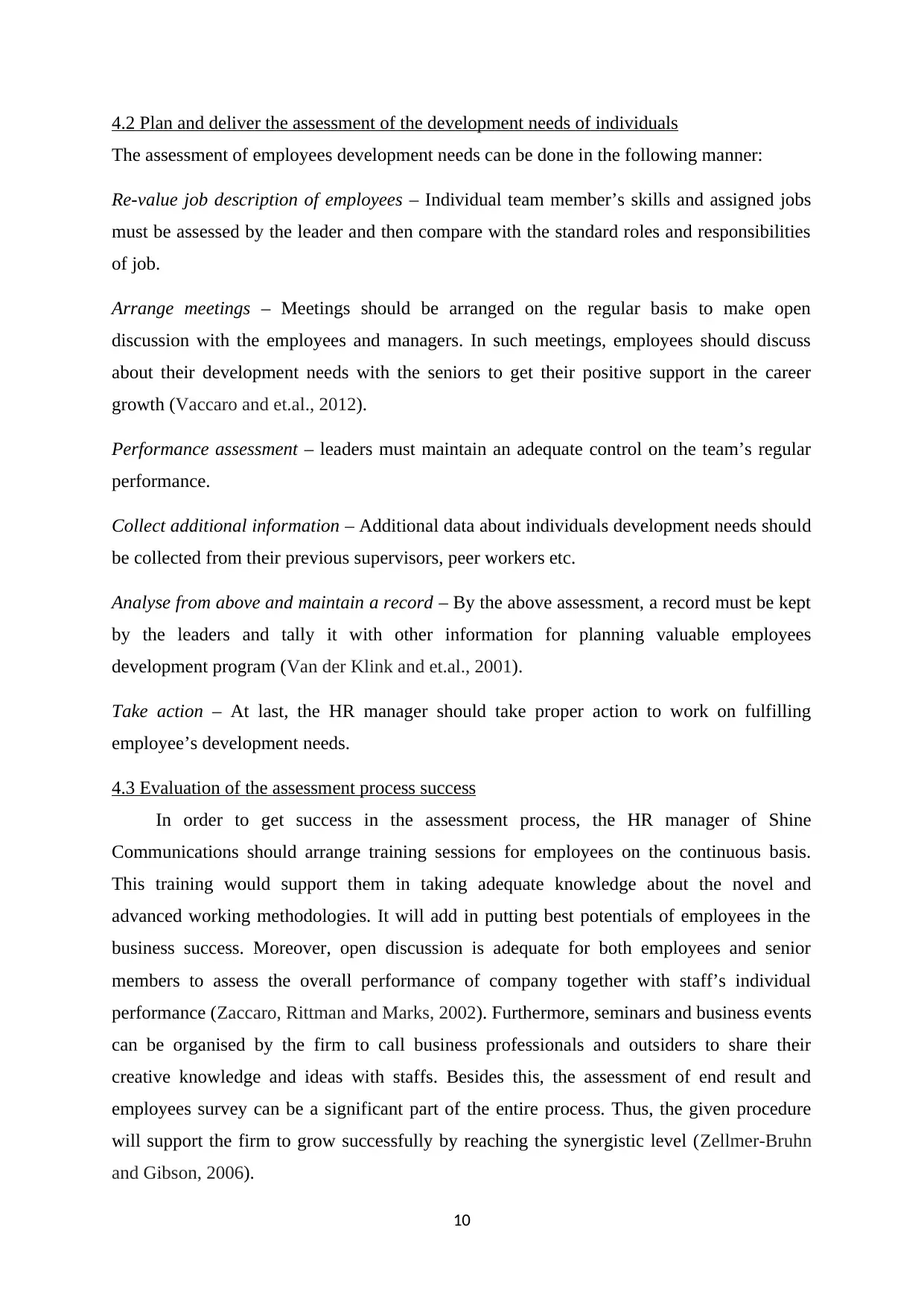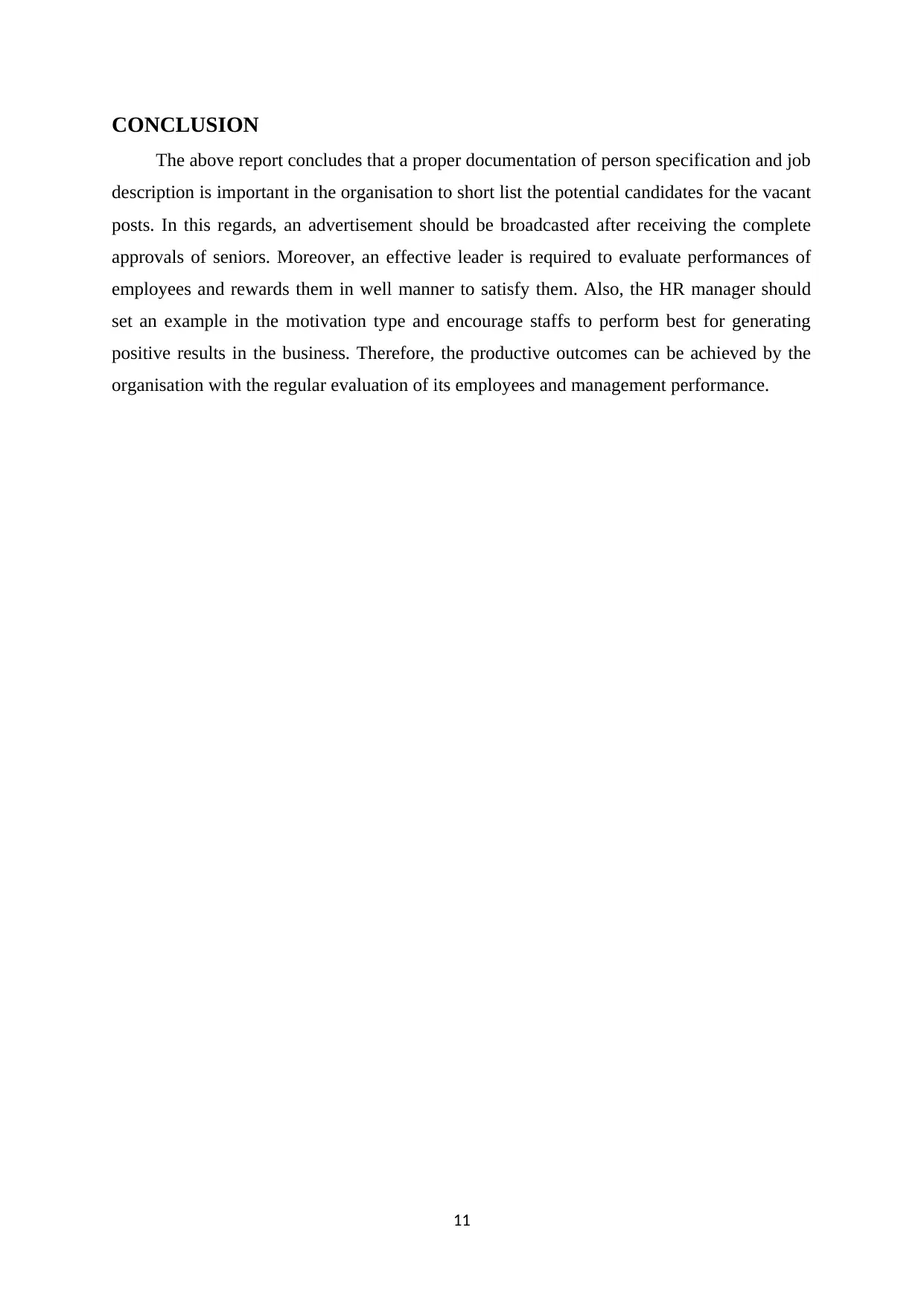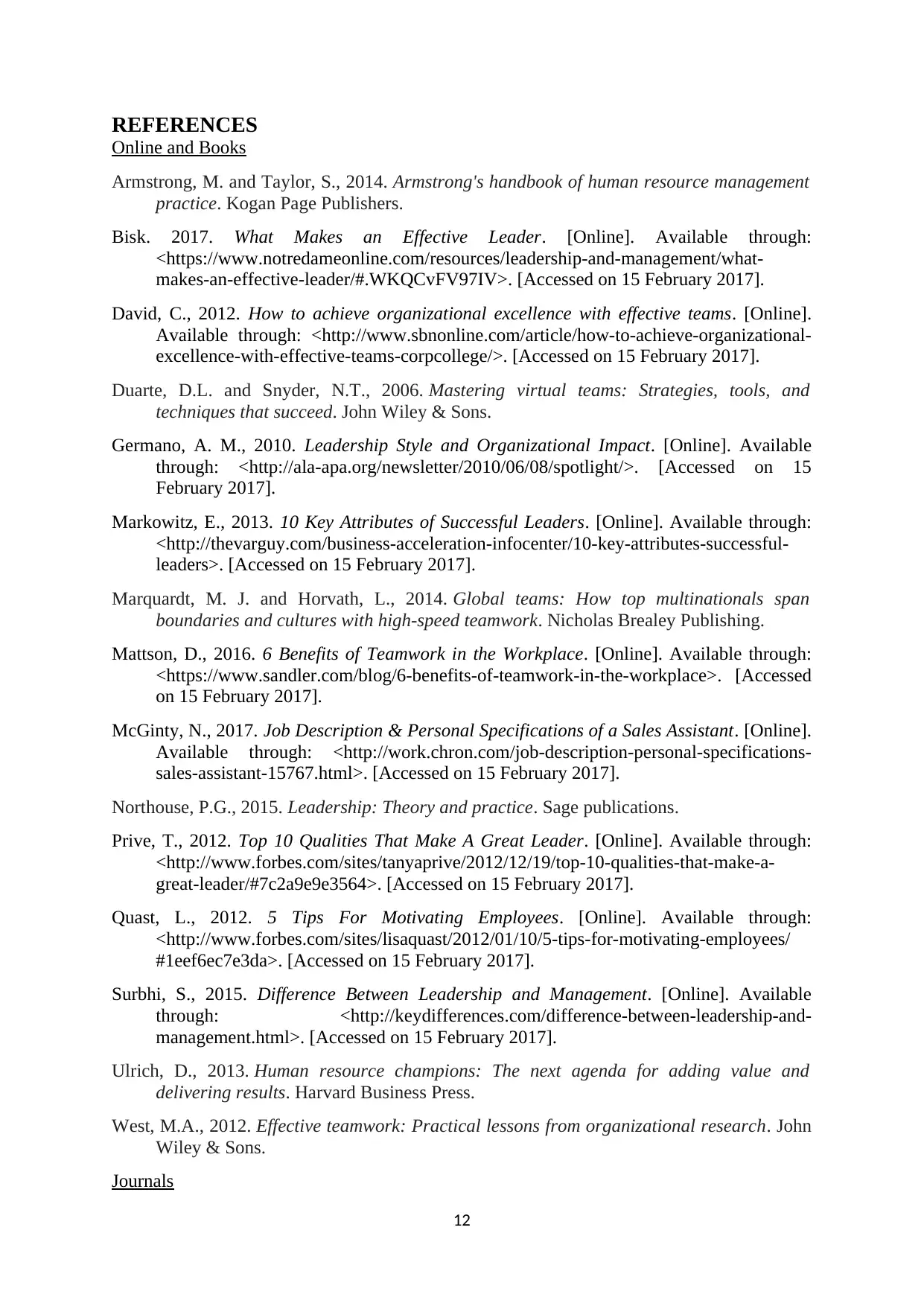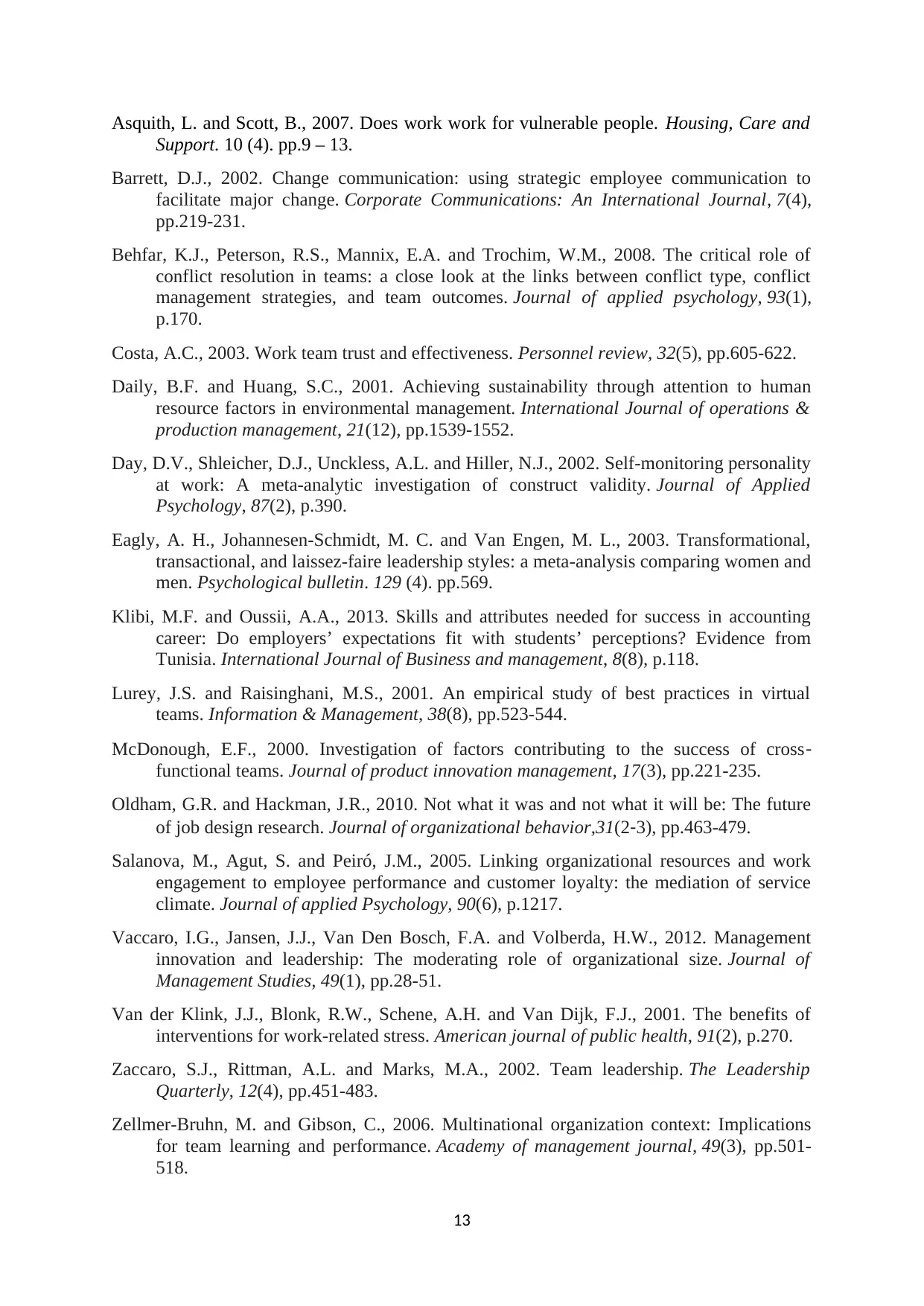The provided content includes two books and 17 journal articles that explore various aspects of organizational behavior, human resources, leadership, teamwork, and communication. The first book, 'Human Resource Champions: The Next Agenda for Adding Value and Delivering Results' by Ulrich (2013), focuses on the role of HR in driving business results. The second book, 'Effective Teamwork: Practical Lessons from Organizational Research' by West (2012), examines the key factors that contribute to team effectiveness. The journal articles cover topics such as change communication, conflict resolution, work team trust and effectiveness, self-monitoring personality at work, transformational leadership styles, skills and attributes needed for success in accounting career, and more.
![[object Object]](/_next/static/media/star-bottom.7253800d.svg)
![[object Object]](/_next/static/media/star-bottom.7253800d.svg)


